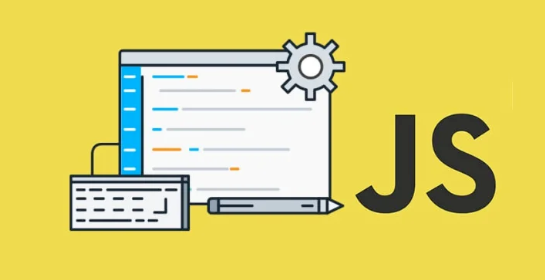
A widespread requirement for web developers is formatting dates in Javascript. One of the most popular date formats in Javascript is yyyy-mm-dd. Developers often use it for database storage or data exchange. This guide provides various methods to format dates in JavaScript as yyyy-mm-dd. Whether you're a beginner or an experienced developer, this comprehensive article thoroughly explains the topic.
What is the toLocaleDateString Method?
The toLocaleDateString
method is a built-in JavaScript function that returns a localized string. This string represents the date portion of a Date object. By default, it follows the local conventions of the executing environment. However, you can also pass options to customize the output format.
To format a JavaScript date as yyyy-mm-dd using toLocaleDateString, you can specify the desired format options, including the year, month, and day fields. Here's an example:
Javascript code
const date = new Date();
const formattedDate = date.toLocaleDateString('en-GB', {
year: 'numeric',
month: '2-digit',
day: '2-digit'
});
console.log(formattedDate); // Output: "yyyy-mm-dd"
Formatting a JavaScript Date as yyyy-mm-dd
Another approach to format a JavaScript date is manually extracting the year, month, and day values from the Date object and concatenating them with hyphens. Here's an example:
Javascript code
const date = new Date();
const year = date.getFullYear();
const month = `0${date.getMonth() + 1}`.slice(-2);
const day = `0${date.getDate()}`.slice(-2);
const formattedDate = `${year}-${month}-${day}`;
console.log(formattedDate); // Output: "yyyy-mm-dd"
Using the toISOString Method
The toISOString method is another option to format a date in JavaScript as yyyy-mm-dd. This method returns a string representation of the date in the ISO 8601 format. You can then extract the desired yyyy-mm-dd portion using string manipulation. Here's an example:
Javascript code
const date = new Date();
const year = date.getFullYear();
const month = `0${date.getMonth() + 1}`.slice(-2);
const day = `0${date.getDate()}`.slice(-2);
const formattedDate = `${year}-${month}-${day}`;
console.log(formattedDate); // Output: "yyyy-mm-dd"
Formatting Dates with External Libraries
For a more comprehensive and flexible solution, utilize external libraries for advanced date formatting capabilities. Two popular libraries for handling dates in JavaScript are moment.js and date-fns.
moment.js
The Javascript library has Moment.js for parsing, manipulating, and formatting dates. You can utilize its formatting functions to format a JavaScript date as yyyy-mm-dd using moment.js. Here's an example:
Javascript code
const date = moment();
const formattedDate = date.format('YYYY-MM-DD');
console.log(formattedDate); // Output: "yyyy-mm-dd"
date-fns
Date-fns provides various utilities for working with dates. You can utilize the format function to format a JavaScript date as yyyy-mm-dd using date-fns. Here's an example:
Javascript code
const date = new Date();
const formattedDate = format(date, 'yyyy-MM-dd');
console.log(formattedDate); // Output: "yyyy-mm-dd"

Performance Considerations
When you choose a method to format dates in JavaScript, performance is crucial. Specifically when dealing with large amounts of data or frequently updating dates. Regarding performance, the manual extraction method
toLocaleDateString
and toISOString
methods.
However, the performance difference might be negligible in most cases. But, the choice of method should primarily depend on your specific use case and requirements.
Compatibility and Browser Support
The methods in this article offer excellent browser support, which you can use in modern web application development. Yet, it's essential to consider the target audience and the browsers you aim to support. Check the compatibility of each method with your desired browser versions. You can use online resources like MDN Web Docs or Can I Use to do this.
Conclusion
This comprehensive guide explores various methods to format date in JavaScript as yyyy-mm-dd. We cover built-in JavaScript functions like toLocaleDateString and
toISOString , as well as external libraries such as moment.js and date-fns. You can also check the performance measures to ensure excellent application performance.
CTA: Connect with our developer community to exchange ideas.